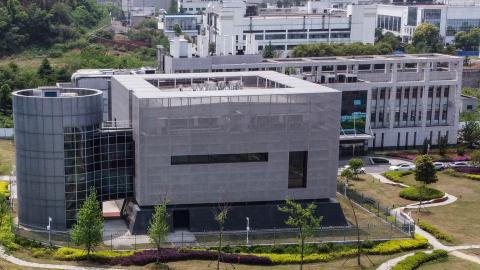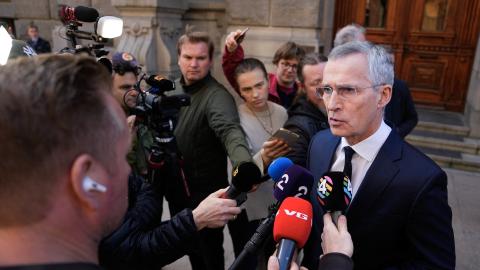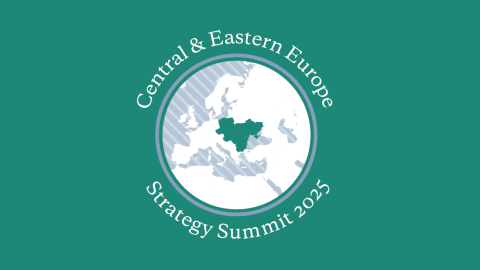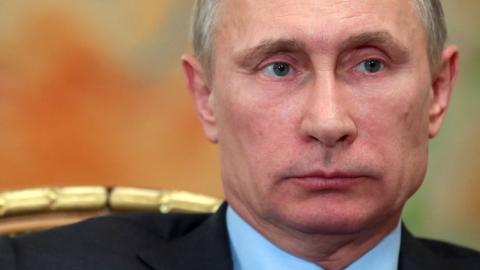In the wake of the destruction of the Malaysian Airliner MH17, the West has been exposed, for the first time, to the possible catastrophic consequences of a defining trait of the Putin regime, its reckless disregard for human life.
The world has been outraged by the sight of drunken separatists mishandling the bodies of the victims and Putin’s attempts to avoid responsibility for a Russian inspired crime. The destruction of MH17, however, was merely the extension to the outside world of the kind of behavior that has long existed in Russia itself.
During the years that Putin has been in power, there have been three notorious instances of the mass murder of Russian civilians outside of an active war zone: the 1999 Russian apartment bombings, the 2002 Moscow theater siege, and the 2004 Beslan school massacre. In all three cases, what was involved was the killing of innocent and unsuspecting civilians for political ends. These atrocities set the stage for the MH17 disaster.
MH17 was downed because, whatever they may say publicly, the Russians treat the lives of international air passengers as absolutely valueless.
The provision of SA-11 missiles to the separatists in Eastern Ukraine had an indisputable military rationale. The separatists were vulnerable to Ukrainian air supremacy. The SA-11 missile has a range of 66,000 feet, allowing the separatists to shoot down high-flying Ukrainian aircraft. As the Russians well knew, however, it also posed a clear threat to the 400 civilian airplanes that crossed Eastern Ukraine at altitudes of 33,000 feet every day.
This indifference to the fate of international air passengers was an echo of Russian events in the not so distant past.
In September, 1999, the world got its first glimpse of the kind of acts of which the Putin regime was capable. At that time, four apartment buildings in Moscow, Buinaksk, and Volgodonsk were blown up in the middle of the night, killing 300 persons. There is convincing evidence that this was carried out in order to bring Putin to power.
In 1999, former President Yeltsin’s approval rating stood at 2 percent, and because of the massive corruption over which he and his family members presided, he faced likely criminal prosecution in the event his political rivals achieved power. The apartment bombings distracted the attention of Russian society completely. Russians were suddenly afraid of being blown up in their homes.
Events followed as if by plan. The bombings were blamed on Chechen rebels and the population was galvanized behind a new war in Chechnya. Putin, the newly appointed Prime Minister, was put in charge of the war and his success in “avenging” the attack on Russian civilians led to an overnight rise in his popularity and his eventual election as President. His first act upon election was to extend a blanket pardon to Yeltsin.
Unfortunately for the plausibility of the official scenario, however, a fifth bomb was uncovered in the basement of a building in Ryazan. It was disarmed before it could explode and the bombers were arrested and identified. They turned out to be not Chechen rebels but agents of the FSB.
The authorities have denied that they blew up their own citizens in 1999, but there is no ambiguity about two other civilian massacres, the hostage takings at the Moscow Theater on Dubrovka and at school number 1 in Beslan. In both cases, the regime’s actions led to a horrific and unnecessary loss of hundreds of innocent lives.
On October 23, 2002, Chechen terrorists stormed the theater during a performance of the popular musical “Nord-Ost” and took almost a thousand persons hostage. The Russian authorities refused to negotiate and instead flooded the theater with toxic gas, leading to the immediate death of 129 hostages. Doctors at the scene did not know the hostages had been gassed and were not provided with an antidote. Ambulances were not called for 45 minutes. Hostages were laid out on the asphalt and then crushed and asphyxiated as they were loaded into buses, microbuses, and cars.
Arguably, even more chilling was the authorities’ reaction to the takeover of the school in Beslan. One hour after agreement had been reached between local officials and the Chechen resistance for Aslan Maskhadov, the deposed Chechen President, to come to Beslan to mediate the crisis, Russian forces attacked the school with flamethrowers and grenade launchers. The explosions caused an inferno and the collapse of the roof of the gymnasium where the hostages were being held. For more than two hours, General Alexander Tikhonov, the head of the Russian special forces, forbade anyone to extinguish the fire. In the end, 332 persons were killed, including 186 children most of whom were burned alive.
Both the United States and the European Union must now weigh expanding the sanctions against Russia. There is no certainty that this will be done. Germany exports $51 billion worth of products to Russia and is dependent on Russia for 30 percent of its oil and gas. Even business interests in the United States, which is far less dependent on Russia economically, oppose tough measures.
Western statesmen, however, should be aware that there is a danger in not strongly resisting the Russian notion that the individual is expendable. MH17 is the first civilian airliner to be blown up with Russian participation. But Putin has already hinted that it might be necessary to create a Russian-enforced “no fly” zone over all of Eastern Ukraine. Now is the time for the West to make clear to Russia that its actions will exclude it from the civilized world. It is Russia’s and the world’s tragedy that the Putin regime will never come to this conclusion on its own.



















